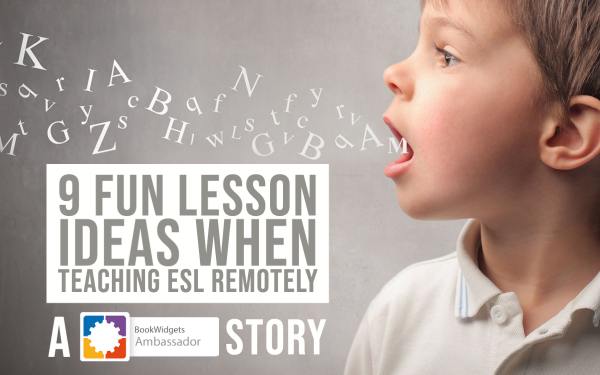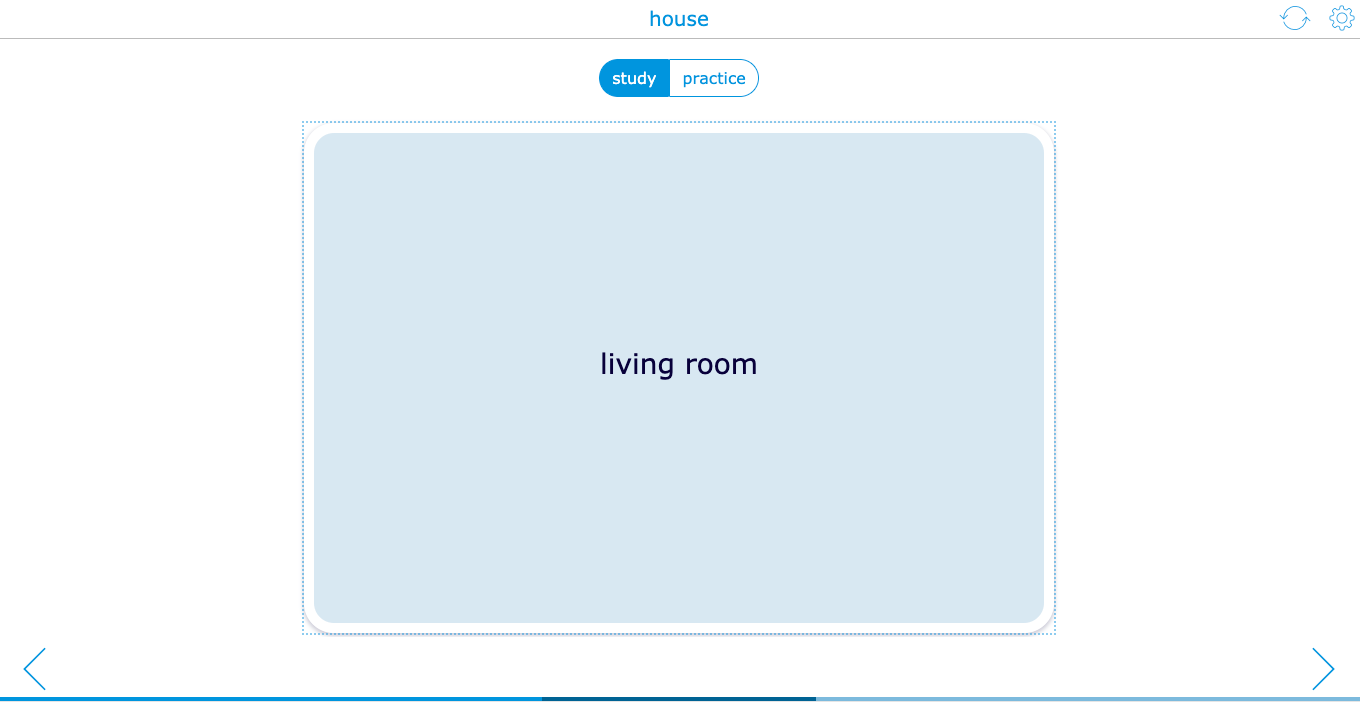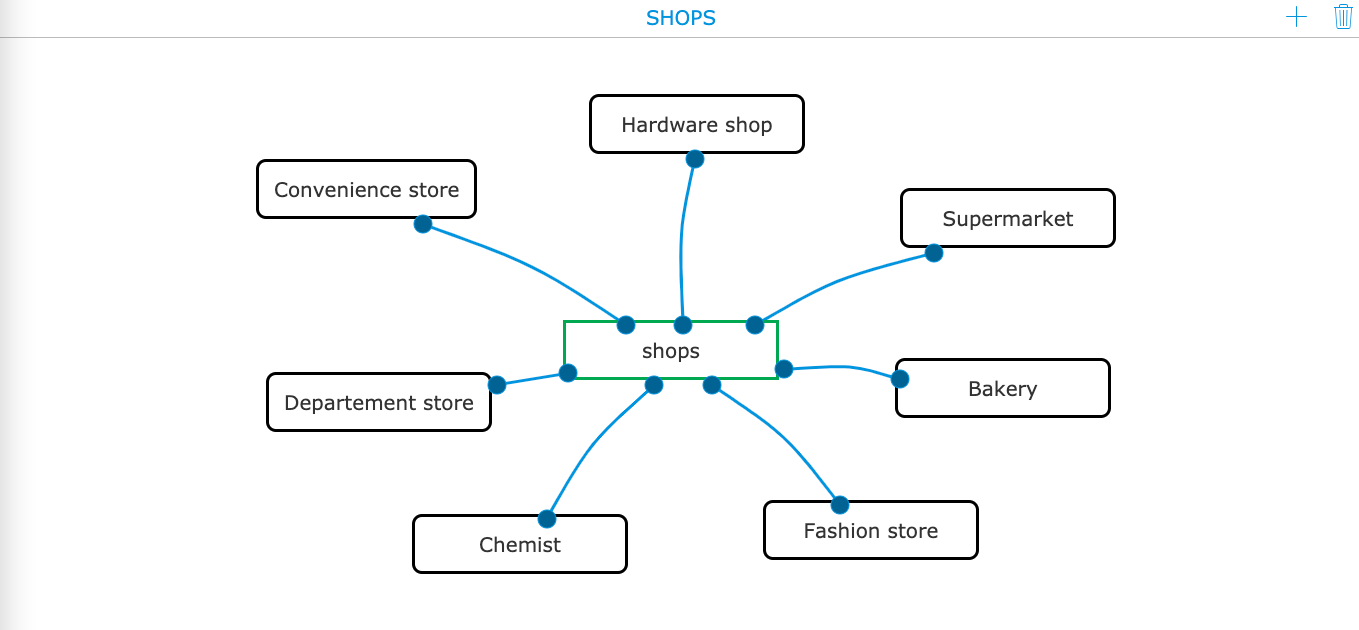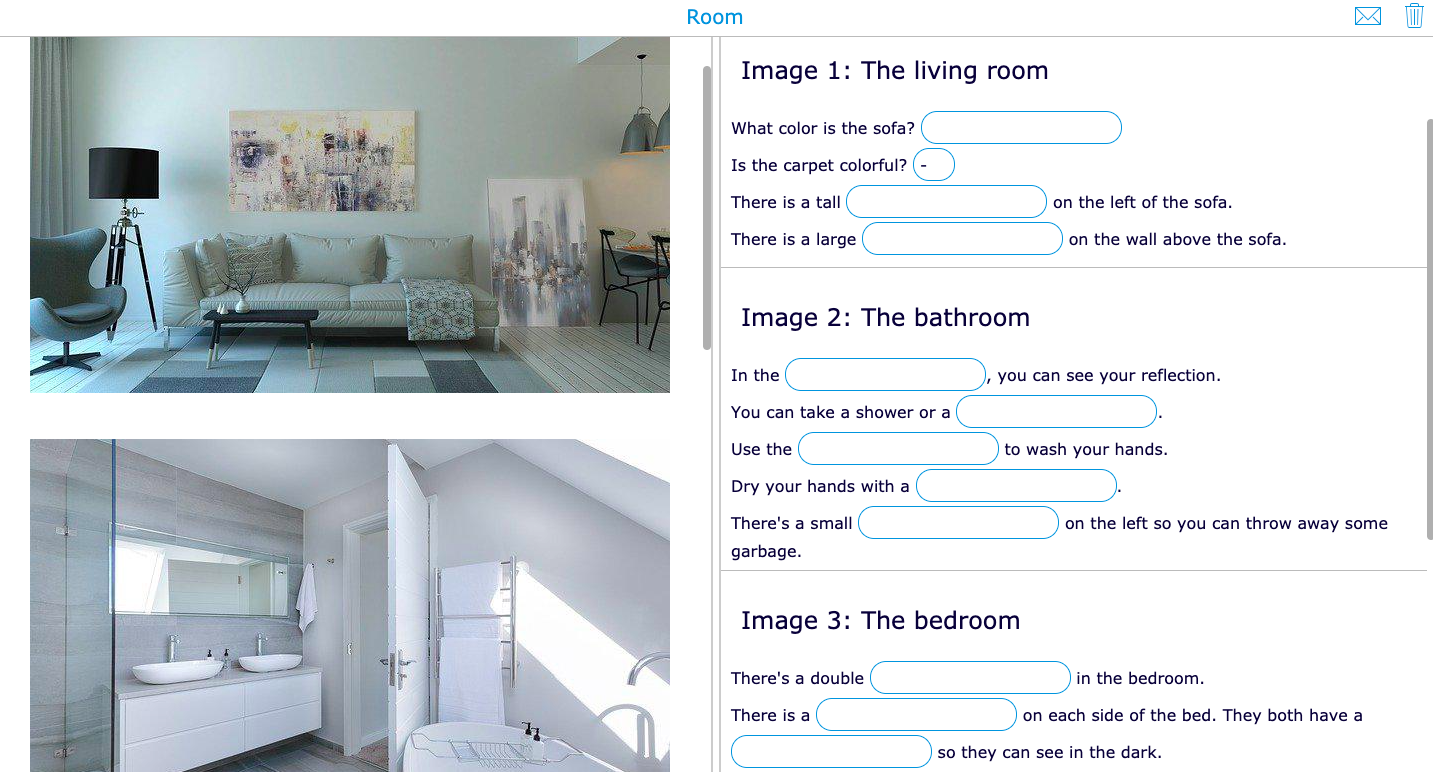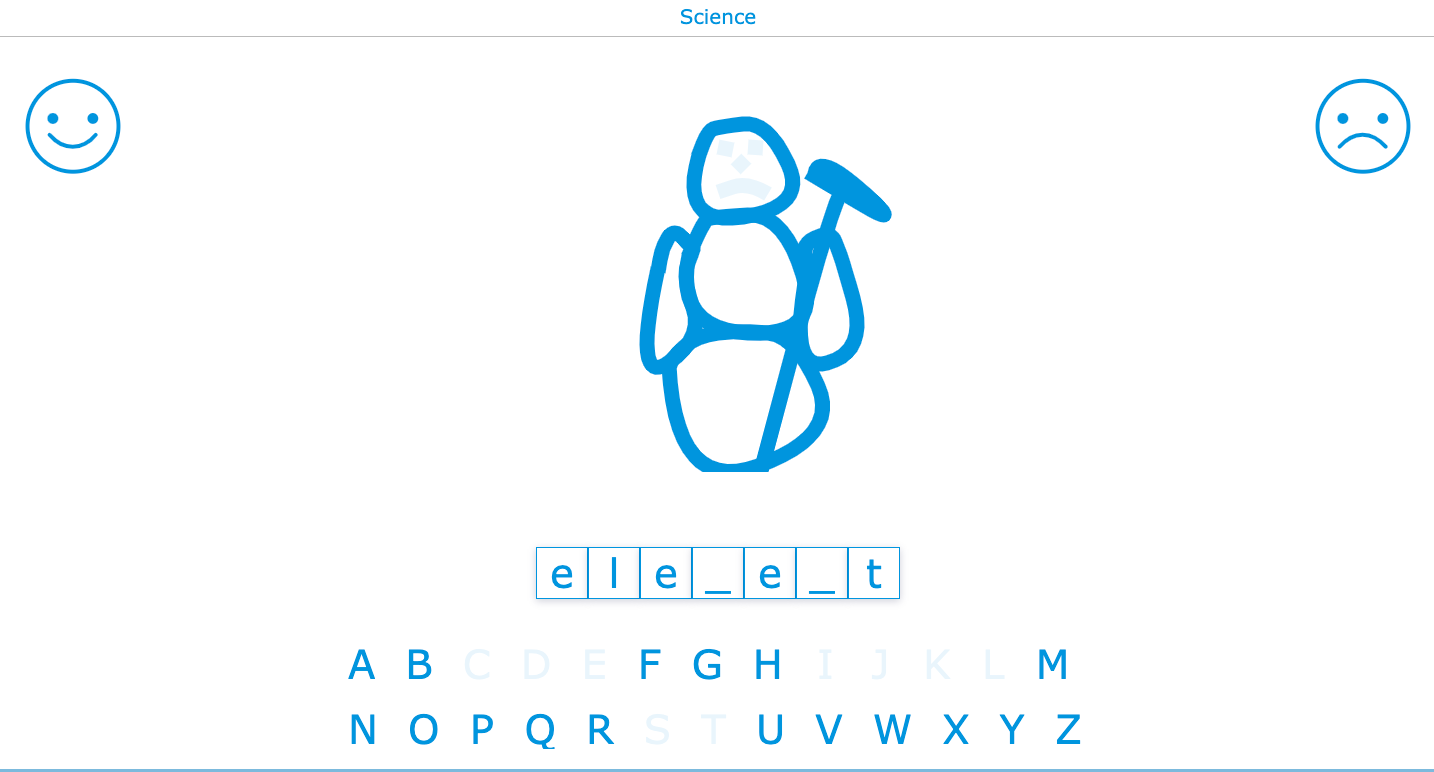9 Fun lesson ideas when teaching ESL remotely - An ambassador's story
 Anna Pałczyńska —
Anna Pałczyńska —
In our “Ambassador’s story” blog post series, BookWidgets ambassadors from all over the world are ready to inspire you. Every single one of them has been using BookWidgets intensively in their lessons. They are the best source to share their ideas and spread the BookWidgets magic.
 In this (first!) Ambassador’s story, Anna Pałczyńska - an ESL teacher from Poland - will show you how she uses digital BookWidgets lessons to teach ESL remotely.
In this (first!) Ambassador’s story, Anna Pałczyńska - an ESL teacher from Poland - will show you how she uses digital BookWidgets lessons to teach ESL remotely.
Dr. Anna Pałczyńska is a lecturer at AHE in Lodz, a teacher trainer, an OKE examiner, and an English teacher at ZSP in Kleszczow. She holds a Ph.D. in English and a B.A. in German from the University of Lodz. She majored in translation and published articles and a book but considers teaching the most rewarding and satisfying job she has ever had. Currently, her interests are strictly connected with using technology in the classroom.
“When the pandemic started many teachers around the world were forced to start teaching remotely. It was a challenge for most of them, including me. New teaching tools had to be found, new skills had to be developed.” - Anna
9 Digital lesson ideas for ESL teachers
BookWidgets has become one of my best friends when it comes to making distance education effective and enjoyable.
Below, I’ll show you some interactive ESL (English as a second language) lesson ideas created with BookWidgets. I mostly use these digital ESL lesson templates to introduce and practice vocabulary. Keep on reading to find some other ESL lesson ideas that will boost student creativity as well.
Lessons to introduce vocabulary
1. Flashcards
Flashcards are well-known among foreign language teachers. They are perfect for teaching vocabulary. They look good, are easy to access, and motivate students to make an effort. You can even include audio in your flashcards so students can learn the pronunciation. Just hit the record button in BookWidgets and add a voice recording to your flashcards. Take a look at the example below.
2. Mind Map
Sometimes, as teachers, we realize that our students know some vocabulary and instead of introducing it we may decide to elicit it. Mind maps are pretty useful in this context. Thanks to BookWidgets they are colorful and you can design it any way you want.
Ask your students what vocabulary about a particular theme they already know. This way, they can map out these words on their digital mind map and submit it to you as a teacher. Now, you can create one large mind map with all your students’ vocabulary and address it in the classroom or your online lesson. You can even print them and post them on a wall in your classroom.
3. Image Carousel
Use the Image Carousel widget to present vocabulary in a context. Just upload a picture and add pop-ups with words on the image. Every time your students click somewhere on the image, a word will appear. You can also add audio fragments, so students know how to pronounce the word.
Lessons to practice vocabulary
4. Split Worksheet
Once you have introduced some vocabulary using the Image Carousel widget, you can use the same picture to practice the vocabulary.
Use the Split Worksheet widget, place the picture on the left and ask your digital questions on the right. You can do the task together or your students can fill it out individually. When done, they can submit their responses to you. You can use the BookWidgets reporting dashboard to give feedback and return the correct answers.
5. Hangman
Hangman is a well-known game among foreign language teachers. Thanks to BookWidgets you can play it online as well. Moreover, when you share the widget link with your students they will be able to play on their own. Fun guaranteed! (P.S. you can use a snowman image for this game as well, like I did in the example)
6. Pair Matching
Use a Pair Matching game to practice vocabulary in both synchronous and asynchronous classes. Add pictures and words or two pictures or two words and ask the students to match them. If you teach more advanced classes you can use it to revise prepositional phrases, i.e. depend on, responsible for, etc.
7. Memory Game
The Memory widget looks a lot like the Pair matching widget. The only difference is that you make your students work on their memory skills along with practicing the vocabulary.
Lessons to boost creativity
8. Jigsaw puzzle
There’s nothing more fun than a good old puzzle. Oh wait, you can do it online? Yes! Choose a picture of a place from the country whose language you teach. Now ask your students to solve the digital jigsaw puzzle and write a few sentences about the place in that particular language. I teach English, so I chose St Paul’s Cathedral in London. My students loved it!
9. Randomness
A lesson on Valentine’s day… with a twist! Use the Randomness widget for this.
Check out the example above and spin the wheels. Here’s how it goes:
- The first wheel is filled with images associated with Valentine’s day like strawberries, champagne, … There are some other images as well like a turkey, just to make the task more interesting.
- The second wheel is filled with names of male characters like Harry Potter, Prince Charming, Elvis Presley, or David Beckham.
- The third wheel contains female characters like Madonna, Elisabeth II, … You could easily divert from the stereotypical male-female couples and come up with different characters too.
- The last wheel contains different places: supermarket, church, swimming pool, butcher’s, etc.
The question that the students have to answer is: “What would happen if … met … in/at/etc?” In their answer, they somehow need to mention what they see in the picture in the first wheel.
This ESL lesson idea has many advantages. First of all, students practice grammar. When students answer the question, they are forced to use the second conditional. Second, they obviously practice English syntax, tenses, and vocabulary as they are all needed to build correct English sentences. Even more important is that students develop creative and out-of-the-box thinking skills, which contemporary education often lacks.
That’s it! I hope I gave you some brand new ideas on teaching ESL remotely. Of course, all these lesson ideas work in the traditional classroom just as good.
Want to create your own ESL exercises?
